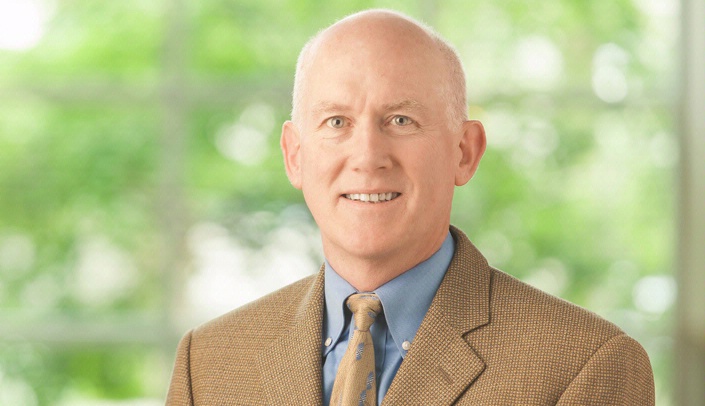UNMC will collaborate with Thermo Fisher Precision Medicine Science Center (PMSC) and AstraZeneca to develop innovative solutions to unmet needs in clinical biomarker discovery.
Massachusetts-based Thermo Fisher Scientific announced the new collaborations to strengthen the PMSC’s mission of creating standardized workflows with pharma and academic partners to streamline the transition from biomarker research to clinical implementation, creating new opportunities for precision medicine.
Ongoing and planned studies with both AstraZeneca and UNMC will utilize standardized plasma protein profiling workflows, including Thermo Fisher’s newly developed ultra-high throughput plasma protein profiling (uHTPPP) workflow, for biomarker discovery, for a range of conditions.
UNMC is collaborating with Thermo Fisher’s PMSC to utilize the company’s standardized plasma protein profiling workflows to analyze clinical samples in an aneurysm study. The study is supported by the National Institutes of Health-National Institute on Aging (NIH-NIA) and done in collaboration with Vanderbilt University, the University of Maryland and the University of Wisconsin.
“Thermo Fisher’s mass spectrometry platform and workflow will allow us to analyze a large cohort of plasma samples and answer highly significant clinical questions,” said Merry Lindsey, PhD, chair and Stokes-Shackleford Professor in the UNMC Department of Cellular and Integrative Physiology.
“As a cardiovascular physiologist and proteomics expert, I am a bridge between mass spectrometry analyses and the clinical world and am very interested to see the results from this collaboration,” said Dr. Lindsey, who also is the director of the Center for Heart and Vascular Research at UNMC.
Timothy Baxter, MD, professor, UNMC Department of Surgery-Division of Vascular Surgery, is leading the NIH-NIA aneurysm study.
“There is a drastic need for this type of technology that can produce better indicators/blood tests and can tell us who has an undiagnosed aneurysm and which aneurysms are likely to progress rapidly and need closer observation,” Dr. Baxter said. “Clinically, the current treatment plan for abdominal aortic aneurysms is to watch and wait. We image and when aneurysms reach a certain size threshold, we surgically repair them. Unfortunately, there are a number of patients who first realize there is a problem when they present with a ruptured aneurysm — the mortality in this situation exceeds 50%.”
“Precision medicine is becoming a greater area of interest across a range of different diseases and has, therefore, faced challenges effectively scaling to meet clinical needs,” said Emily Chen, senior director, Precision Medicine Science Center, Thermo Fisher Scientific.
“The goal of the Precision Medicine Science Center is to construct end-to-end workflow solutions that generate impactful data from discovery studies with large human cohorts and to harness the power of molecular profiling to improve the outcomes of patient care. Our ongoing work with AstraZeneca and UNMC are paramount to realizing the potential of these technologies,” she said.
